Even in this cold weather, the birds are patrolling my garden. I see the house sparrows moving thought the beds and the starlings checking out the lawn. They are eating seeds, thousands of seeds. They are the most efficient weed prevention machines known. A cranky nay-sayer may remark that the seeds are shat out the nether end of said birds but not all seeds. The seeds are food and so are digested, or most of them anyway.
I use birds as the first line of defense against insect pests and excess weeds. They don’t get everything but they get a lot. This means I keep spraying and weeding to a minimum. Here are five ways to attract birds.
1. Birds like thickly planted gardens, the English country garden style. I learned this on a bird watching trip to the village of Grande Isle in Louisiana, a town famous for its birds. As we walked around the tiny houses, birds were everywhere and I noted that few of the citizens did much in the way of gardening or landscaping. Bushes and trees grew thickly around each cottage. However, away from the village, in an up-scale suburb, where gardeners were manicuring the lawns and garden beds, no birds were to be seen. The moral is plain – birds like tangle, lots of different plants.
2. Birds need water. This is even more important than feeders. They like shallow water only a few inches deep. Mostly they like a bird bath on the ground. I have five bird baths. The blue ceramic bath on a stand is an attractive feature of the garden but it is the least popular with the birds. The plain old plant saucers filled with water are used all the time. I even use a scavenged snow saucer as a bird bath – perrrfect! If the bath is too deep, put a brick or stone in for the birds to stand on.
3. Keep the cat inside. Tell your neighbours to keep their cat inside. It is estimated each outdoor cat kills thirty-five birds per summer. It is illegal for cats to run at large in Thunder Bay. Mention this fact often in the neighbourhood. Take feral cats to the Pound. Cats not only chase away birds, they crap in the garden and dig up plants.
4. Birds like insects, seeds and berries. They like native plants but in my garden they are not fussy. The gobble all the seeds from my lilacs over the winter. They feast on the seeds of the delphiniums. They hide out in the cedar trees. They strip all the berries from the Mountain Ash, the high bush cranberry and the nanny berry. They wait until the crab apples are frozen into pulp and then eat them. The moral is to leave the seeds on the plants. I have seen birds chow down on the honeysuckle berries and pick off the aphids at the same time. Most bird species have their favourite food, but many are omnivores who will take anything. I have seen humming birds catching mosquitoes. I have noted chipping sparrows hanging around the outdoor light taking moths. (note – moths lay eggs which become caterpillars which eat my shrubs – so “Go Chippers!”)
5. A bird is a bird is a bird. Some people like robins and chickadees but hate crows or starlings or grackles or house sparrows. Black coloured birds are often disparaged as are blue jays, so pushy at the bird feeders, so noisy. Gulls are hated as well, even though, in Thunder Bay, they do a wonderful job cleaning up garbage. Without them, we would be up to our fannies in trash. Grackles, black iridescent beauties, eat slugs; therefore, they are my favourite birds. True they are not melodious, but I forgive them. Get those slugs, boys! Sparrows and starlings eat tons of seeds. Chickadees will eat anything, insects, seeds – even a dead mouse. Sometimes, visitors arrive. Bohemian waxwings visit my neighbour’s crab apple tree. Some people are blessed with evening or pine grosbeaks. I have had myrtle warblers, juncos, pine siskins and goldfinches drop in from time to time. The wonderful white throated sparrow sings in spring with it’s “I love Ca-na-da, Ca-na-da” song Birds and gardens go together like bees and blooms. They help create the living work of art which is a garden.
Tuesday, 29 April 2008
Subscribe to:
Post Comments (Atom)

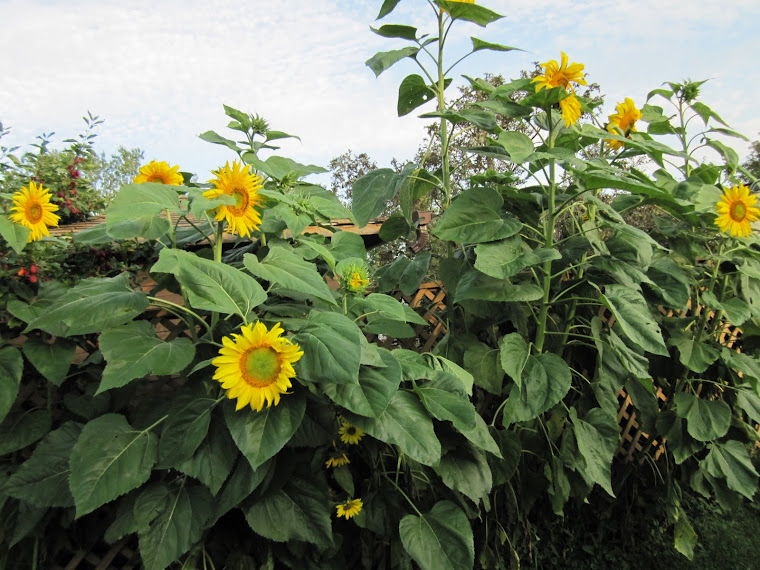

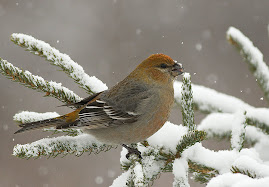



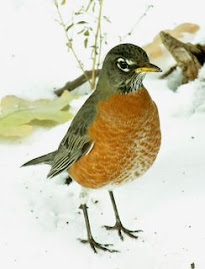


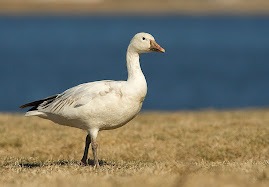




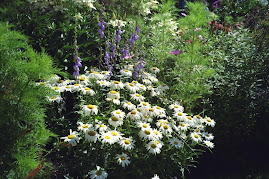
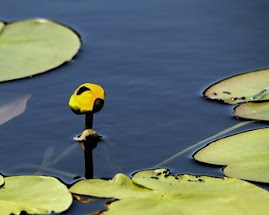

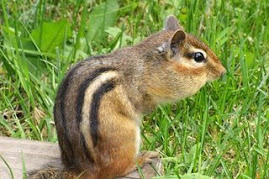
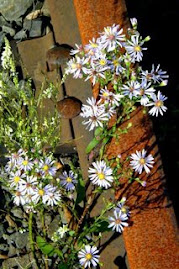
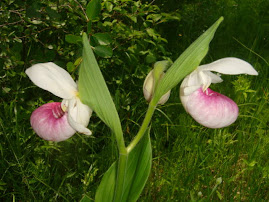
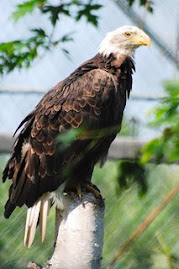
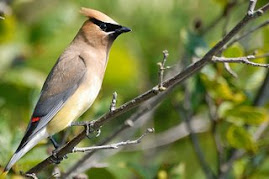
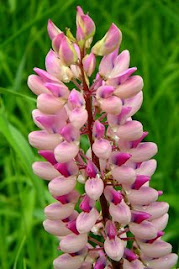
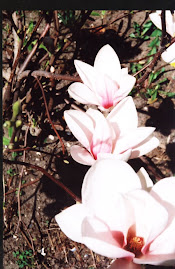
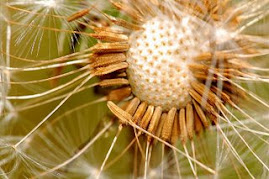
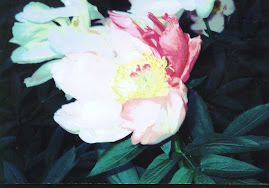
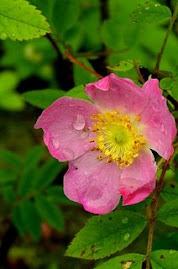



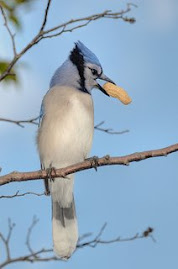

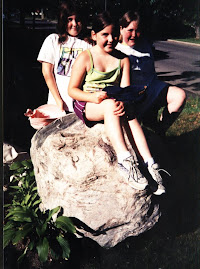

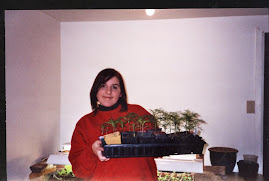
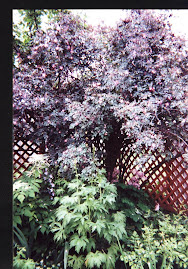
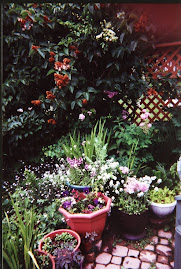

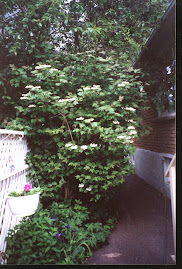
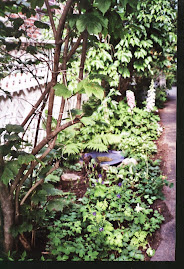


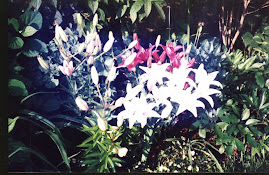




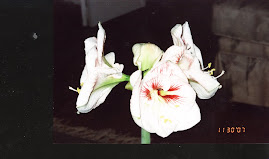



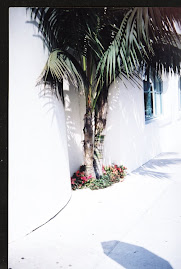
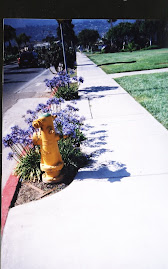

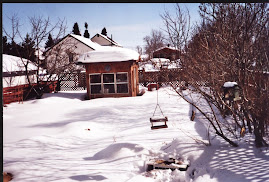
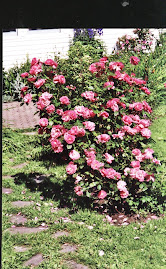
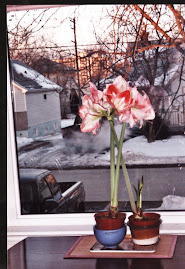

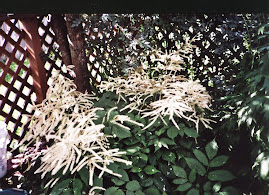








No comments:
Post a Comment